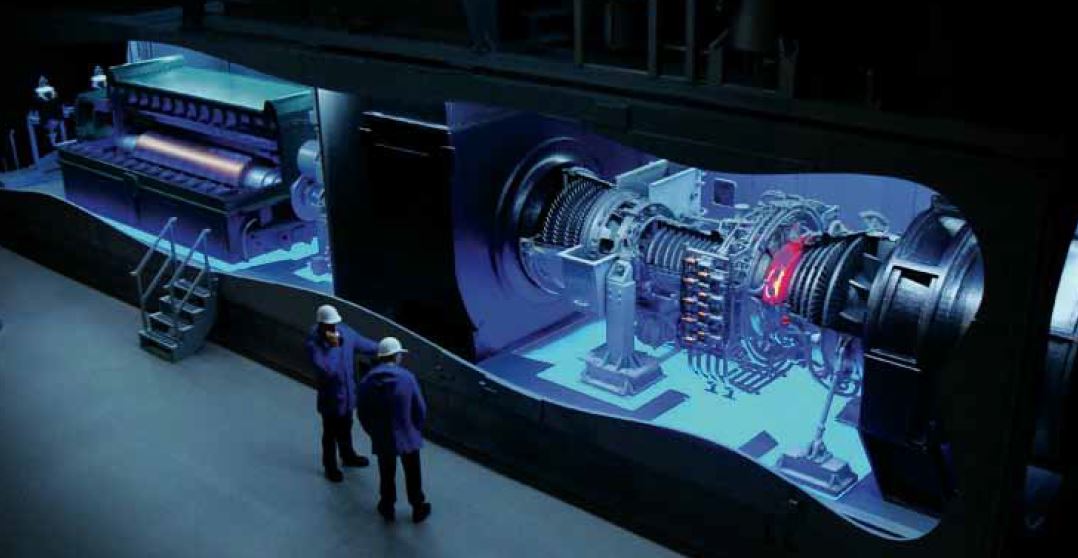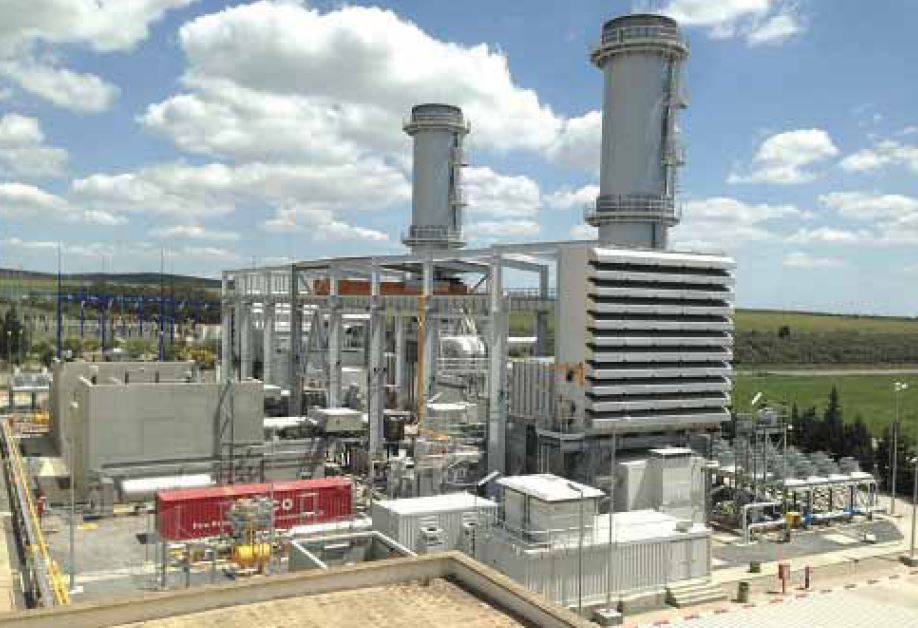Versión español
We have been talking to Ricardo Fernández Bernengo , business manager and of new business in MSU Energy. It is a company with a strong commitment to the energetic market. The firm is installing three thermal plants with power of 150 MW with a state-ofthe- art technology but he remains fully committed to the renewable energy.
What is the market of renewable energy like in Argentina ?
We must remember that the generation of renewable energy in the country doesn’t exceed the 2% of the contribution of electric energy. If we consider that the hydroelectric energy stands for 30 MW approximately,which is 50 % of the installed power , we can see that it’s an infant industry and that we have much to learn from those who have already developed this energy. There’s a very competitive market in solar and aeolic energy with high commitment of the private sector to invest and work out basic questions. The best example is Argentina’s RenovAr Renewable Energy Tender launched by the national government with an average final price of the energy of 57 U$S /MWh. It’s a much lower price than the ones of the most efficient termal power plants . Argentina has excellent renewable resources in all its provinces and is capable of developing this type of energy. In fact, at that tender , projects in 17 provinces were awarded ; that shows what was just said.
What’s the situation like in Latin America?
There’s a great diversity of energies in Latin America. All the countries of the region have plenty of renewable energy sources: solar, aeolic, biomass, small hydroelectric power plants and other energetic resources from the ocean are available in the region in larger or smaller amounts, depending on the geographical location and the topography of the different countries The development of these energies is growing in Latin America . About 10 years ago the investment in Latam was U$S 1,200 millions a year. And since 2014 up up to now, it has increased to more than U$S 9,000 millions so that it’s clear that there has been a growth rate in Latin America. What’s more , we haven’t taken into account the role played by Brazil that has been leading this industry for years. Chile, Uruguay and now Argentina are seen as more stable markets, where it is possible to make profits and get good conditions from the Banks.
Even so, MSU develops conventional thermal energy projects. Why ?
The National Electric Matrix must be diversified between those sources of energy that are renewable and those that can generate high reliability to the system , like for example, the conventional power energy. It’s how the world works and that should be our goal to follow. MSU suggested both solutions for the country. We work on both renewable and conventional projects. We think about the present and the future as well. We strongly believe that we are and can be part of this change in the energy matrix boosted by a great team work.
How about thermal power plants? What are they like and what capacity supply do they have ?
MSU has been awarded the building, operation and maintenance of three state-of-the-art conventional power plants with a final investment of U$S 450 millions. We suggested, through RES S.E: Nº 21/16, the best technology in its field. They are gas turbines General Electric brand LM6000 that are among the ten most efficient ones in the market and capable of using Natural Gas as its first fuel and Oil Gas as the alternative one. Every power plant has the 150 MW of installed power, which is enough to supply more than 700,000 inhabitants with energy. The great asset of these plants is that they are located in areas that import electric power which benefits the market on a large scale.
What’s your opinion about the RES S.E. Nº 21 having the thermal power plants put out to tender ?
We thought it an excellent tender ,well-oriented to make up for the power emergency over the summers and winters up to 2018. They put out to tender fast installation power plants and reasonably efficient as regards prices; which are better than the previous ones in the market. In our opinion, the tender should also include environmental issues and permits to ensure the connection capacity to the electric system.
Where do you have renewable energy projects?
We’ve developed a solar project of 50 MW in Salta and we’re working very hard in the southern area of Buenos Aires province . We have a potential for 600 MW of renewable energy .
In what voltage levels the produced energy is fed into the public grid?
Many projects determine the voltage in which they can be connected depending on the power levels. In general, the aeolic power projects are found in the south of Buenos Aires province whereas the solar ones are mostly found in NOA and Cuyo. The projects we are developing at MSU are in the levels of 132 KV, 220 KV or 500 KV and all of them contribute to the Argentinian System of Interconnection.
Is renewable energy economically profitable?
It’s really surprising to see that though this market of renewable energies is relatively new , it already has its competitors. It’s clearly a great achievement of the public officers who regulate this field. If we want to keep profitability we have to become more efficient each day. What makes renewable energies attractive is not only an economic benefit but also a group of environmental, social and technological benefits and the ones brought about by the transformation of the power matrix .
National Outlook
In general , how do you see the current state of the Argentinian power system ?
It is and has been at a very critical situation during many years. From the point of view of energy generation ,it’s vital to react to this and modify its technology. We have had an obsolete power system for more than 40 years, inefficient and unavailable. During the years 2015 and 2016, the availability was around the 80%. Apart from this, the Installed Electric Voltage hasn’t practically improved due to a very uncomfortable financial situation that made the National Treasury Department give a subsidy to the market of more than $ 90,000,000,000 pesos. So, we have a system that is not self-sufficient in its final structure, consumes more fuel than the necessary one ,has a very low level of availability and does not meet the growing demand because of lack of investment on the supply side. Clearly, the situation is critical and that’s why the Decree 134 from PEN has declared the emergency power. We need great efficient power like the combined cycles or the cogeneration to generate steam to the industry and energy to the system. The inclusion of 2,000 MW in cogeneration means a saving for the system of more than 10,000 millions of pesos per year only in natural gas fuel. This saving is much higher than the generator payment, which stands for high profits for the market . For this, dispatch priorities have to be rearranged and fuel for the generator guaranteed . Otherwise, it’s difficult to project this. Besides, we need that the awarded projects should be built and it’s also necessary to raise awareness of the efficient use of energy. It’s important because in the last 15 years we have increased 50% the use of energy per each inhabitant in the country whereas in the world, consumption per capita tends to fall.
Do you find qualified labour in this field or is training necessary?
In my opinion, technical knowledge in this field is very good to such an extent that this has been exported abroad as well as Argentineans living in other countries have been recruited to develop renewable power projects . But we must create learning spaces. For example , in Argentina there are 1 or 2 postgraduate courses about Power Market The difficulty in academic studies lies on the fact that the market is not static on its foundations or principles but just the other way round. It changes year after year through resolutions, notes, decrees among others but we look forward to the improvement of this situation.
Would it be possible for renewable energy to replace conventional sources in the future?
We hope this will be the way .. But it starts with a first step.

